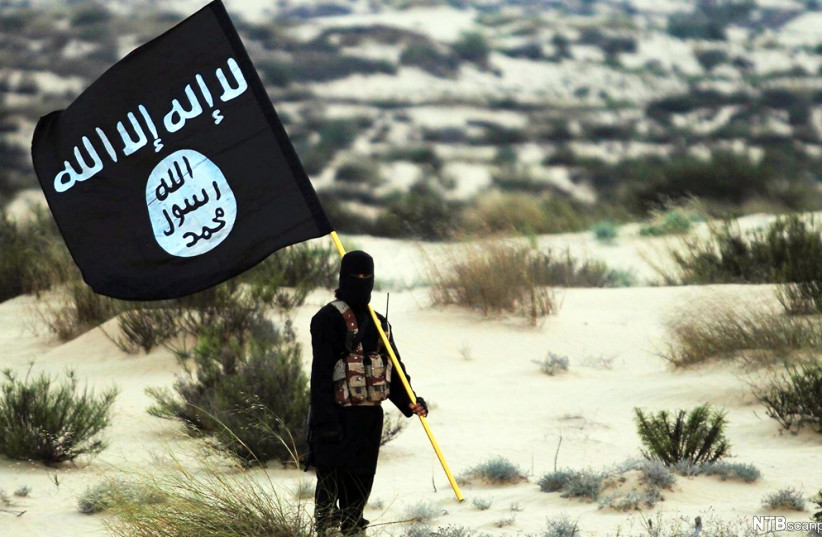Islamic State leader killing raises questions – analysis
Turkey said on Monday that it had killed an ISIS leader in Afrin, northwest Syria, named in reports as Abu Hussein al-Qurayshi. This claim raises questions about how he was able to elude capture in the past and shelter so close to the Turkish border.
Ankara claimed he was hunted for a while and neutralized over the weekend. ISIS continues to exist as a threat in Iraq and Syria, but many of its commanders and leaders have recently been killed, several even in the same area, near Idlib and Afrin close to the Turkish border, mostly by US raids. Another member was recently slain near Jarabulus.
The presence of ISIS leaders in the area is a relatively new phenomenon. The terrorist organization was mostly defeated in Syria by the US-backed Syrian Democratic Forces (SDF) between 2017 and 2019 in Syria. Then, many members tried to flee and some sought to get to Turkey or to areas controlled by Turkey.
Turkey launched operations between 2016 and 2019 in Jarabulus, Afrin and Serkaniye, but ISIS members have not been found in those areas. The ISIS members appear to move among various extremist groups, like HTS.
Some of these groups are either backed by Ankara or have ties to extremists that have ties to it. This represents a way that Ankara has come to control the opposition in Syria and a way that ISSI exploits the opposition-held and Turkish-occupied areas.
 An ISIS member carries and Islamic State flag in Syria. (credit: NDLA)
An ISIS member carries and Islamic State flag in Syria. (credit: NDLA)Why is the location of the killing shocking?
The presence of an ISIS leader in Jindires, near Afrin in the north, is particularly shocking, because this was a mostly Kurdish town that remained relatively peaceful throughout the Syrian war. In 2018, Turkey-backed Syrian rebels tried to overrun Jindires from Kurdish forces. Many Kurds, Yazidis and other minorities fled, after which extremists began to infiltrate.
The town was badly damaged after an earthquake in February and Kurdish authorities in northern Iraq sought to send aid to Afrin. In March, during Norwuz New Year celebrations, several Kurds were murdered by the extremist group Ahrar al-Sharqiya in Jindires. It is not clear when the ISIS leader came to this area, but this is the context and milieu that provided him shelter.
The claims by Ankara that they neutralized this ISIS leader need to be fully investigated and verified. In the past, the US has had to conduct raids and strikes to neutralize these kinds of leaders. This also comes on the eve of Turkish elections, as Ankara is working to potentially normalize ties with the Syrian regime.
The presence of ISIS members in areas like Afrin, which were once Kurdish, illustrates the dangers of demographic change and the presence of extremist groups in northwest Syria. In addition, ISIS continues to carry out attacks in Iraq and Syria.
The ability of ISIS to move from one area to another, such as from eastern Syria to areas where Iran has influence near Deir Ezzor and also in Idlib and Afrin shows why it is so difficult to defeat.





Comments are closed.